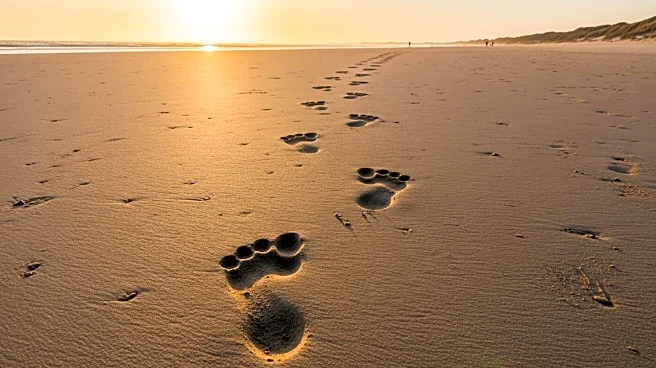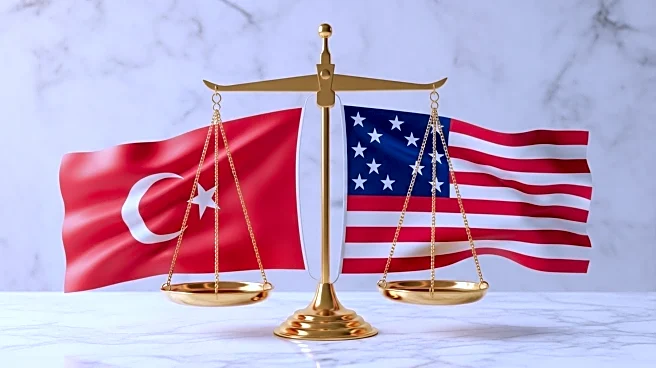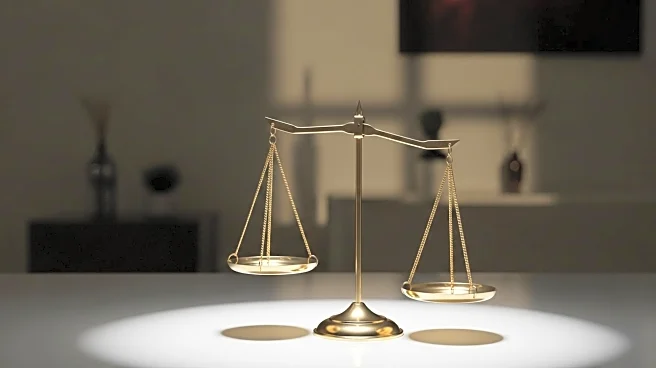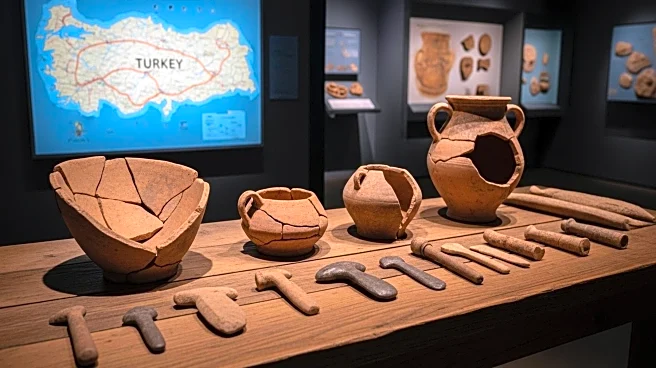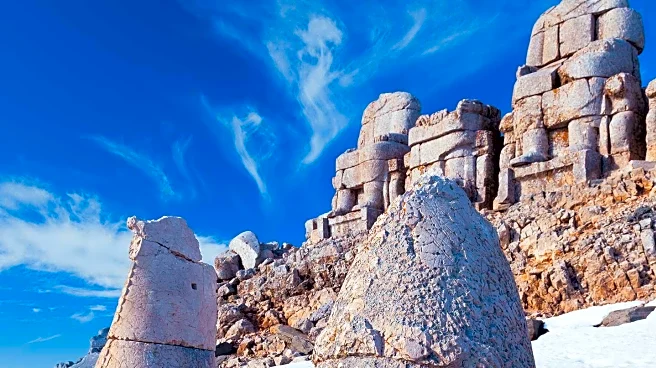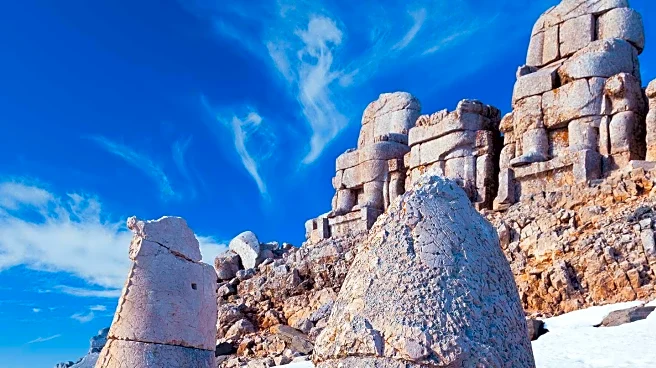What is the story about?
What's Happening?
A recent study published in the Journal of Island and Coastal Archaeology suggests that early humans may have migrated from Anatolia to Europe via a land bridge across the Aegean Sea, rather than the previously assumed Marmara-Thrace corridor. Researchers discovered stone tools associated with Homo erectus in Ayvalık, Turkey, indicating a possible migration route during periods of low sea levels. This finding challenges the traditional view of early human migration paths and provides new insights into the dispersal of hominins from Africa to Eurasia.
Why It's Important?
The study offers a paradigm shift in understanding early human migration, potentially altering historical narratives about human dispersal. It highlights the importance of geological changes in shaping migration routes and provides evidence for alternative paths that early humans may have taken. This research could influence future archaeological studies and prompt reevaluation of existing theories about human migration. It also underscores the significance of interdisciplinary approaches in uncovering historical truths.
What's Next?
Further archaeological investigations are likely to be conducted in the Ayvalık region to uncover more evidence supporting the Aegean migration route. Researchers may explore other submerged land bridges that could have facilitated early human movement. The study may inspire similar research in other regions, leading to a broader understanding of human migration patterns. Collaboration between archaeologists, geologists, and historians will be crucial in advancing this field of study.
Beyond the Headlines
The discovery of an alternative migration route raises questions about the adaptability and resilience of early humans in response to environmental changes. It highlights the role of climate fluctuations in shaping human history and migration patterns. The study also emphasizes the importance of preserving archaeological sites and conducting thorough investigations to uncover hidden aspects of human history.
AI Generated Content
Do you find this article useful?
